Audi updates A3 Sportback g-tron with increased tank volume for greater natural gas range
Green Car Congress
MARCH 8, 2019
To enable the four-cylinder engine to run on these fuels, Audi engineers modified its cylinder head, turbocharging, fuel injection system and catalytic converter. The load-bearing fiber-reinforced laminate consists of an inner layer of carbon fiber-reinforced polymer (CFRP) and a layer of glass fiber-reinforced polymer (GFRP) on top.




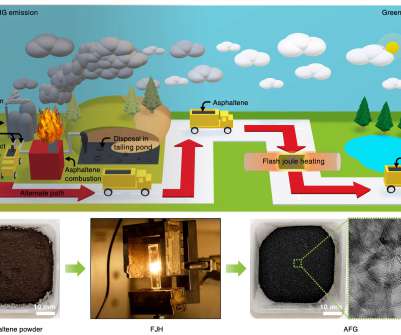



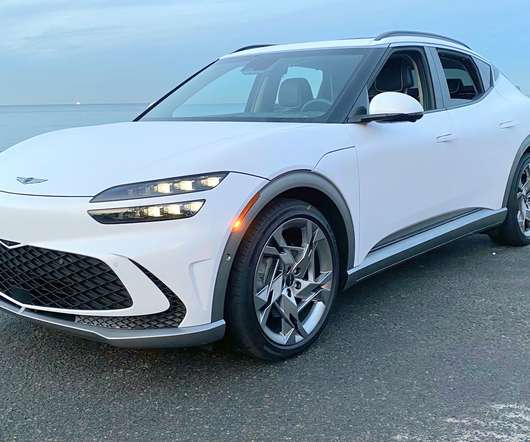

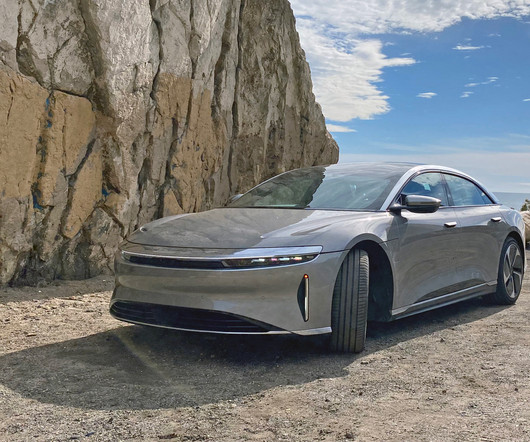







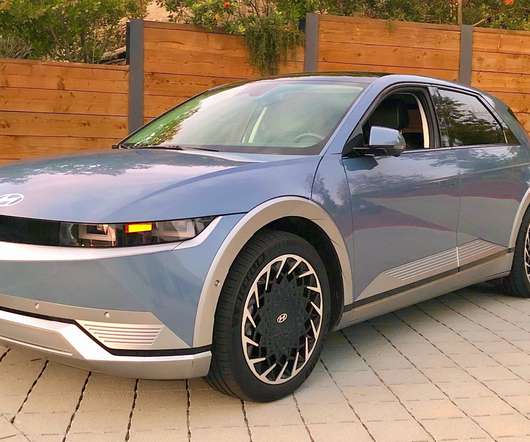
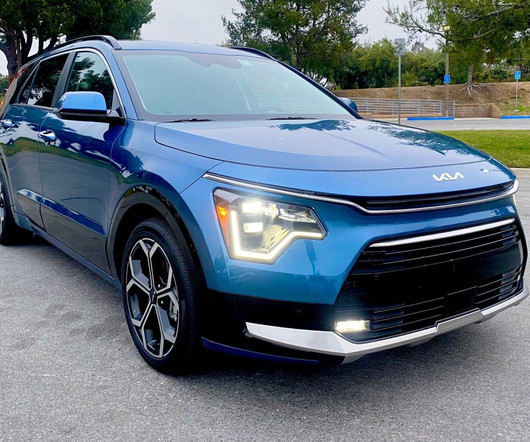



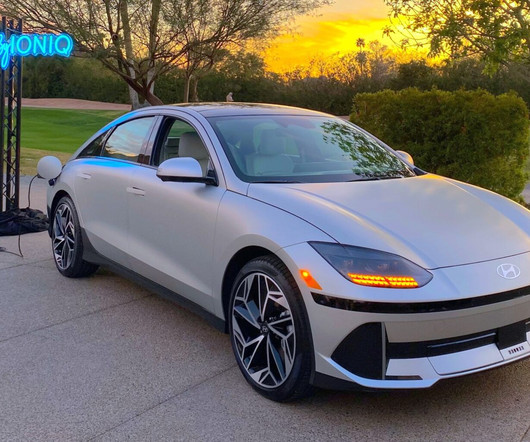

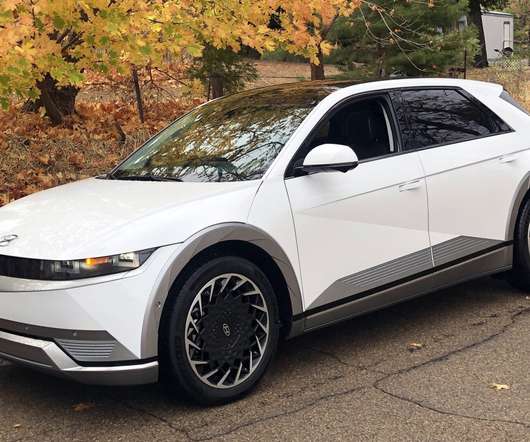
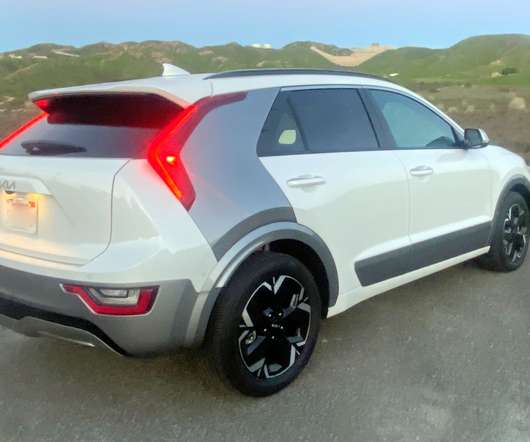








Let's personalize your content